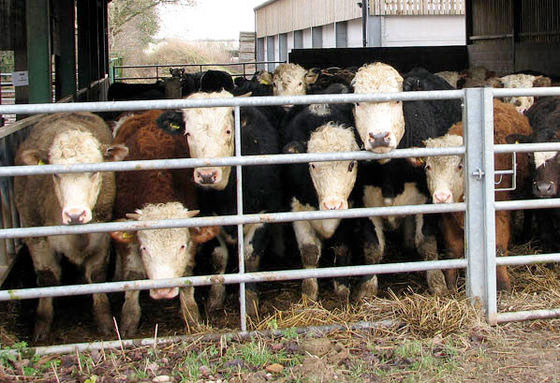
After last year’s fierce fluke challenge and with the wet and warm conditions having continued this year, farmers are right to remain on their guard and think carefully about how best to protect their flock from the disease as the autumn/winter period approaches.
Caused by the parasite, Fasciola hepatica, liverfluke is no longer thought of as being strictly seasonal, although the disease is still most rife during the wetter autumn and winter months in many areas. The spectrum of disease seen at this time ranges from acute disease, now occurring from July to December, to chronic disease beginning towards the end of the winter period. Each form of fluke has different developmental stages of the parasite as its main culprit so treatments need to be specifically targeted and correctly timed to ensure sheep remain fluke free.
Acute fluke can be a reason for sudden death in sheep as well as causing anaemia (paleness), rapid weight loss, abdominal pain and breathing problems. This form of the disease is strongly associated with immature fluke burrowing through the liver tissue and causing damage, with as many as 1000 immature fluke in the animal but potentially few or no eggs in the faeces.
Sub-acute disease is a problem later on in the autumn season, leading to weight loss, reduced appetite, inactivity and inability of animals to stand up. These signs are seen as the level of immature fluke reduces and the number of adult fluke increases. Finally, from January onwards, chronic disease becomes more commonplace resulting in reduced fertility, gradual weight loss, anaemia and ‘bottle jaw’. Overall, fluke can result in huge financial loss for farmers due to fatalities, reduced live weight gain, effects on fertility and slaughter house condemnations.
So how can farmers protect their flock? Ultimately a variety of factors need to be taken into consideration when deciding on how and when is best to treat. This will include the farm’s fluke history, animal factors, forecasts, the season, the likelihood of resistance and the choice of flukicide. Taking advice from a vet or animal health advisor is the best way to ensure a protocol tailored specifically to the individual farm’s circumstances that will help prevent production losses and maximise profits.
During autumn, killing immature fluke is the priority with increasing focus on adult fluke as the season progresses. In high risk areas or on farms with a known history of fluke, preventative treatment starting in late August or September is advised, with multiple doses throughout the autumn/winter period likely to be necessary. While always an important factor, choosing the right flukicide is crucial when developing a strategic programme. Being strategic means taking all of these factors into account and targeting treatment accordingly.
Not only could wet areas experience an unexpectedly high risk this year, even generally drier areas may also be at risk after the widespread fluke challenge from last year.5 However, although conditions may be conducive to fluke development, a considered and targeted approach to preventative treatment can help make sure farmers are not caught out by the destructive disease this season.
